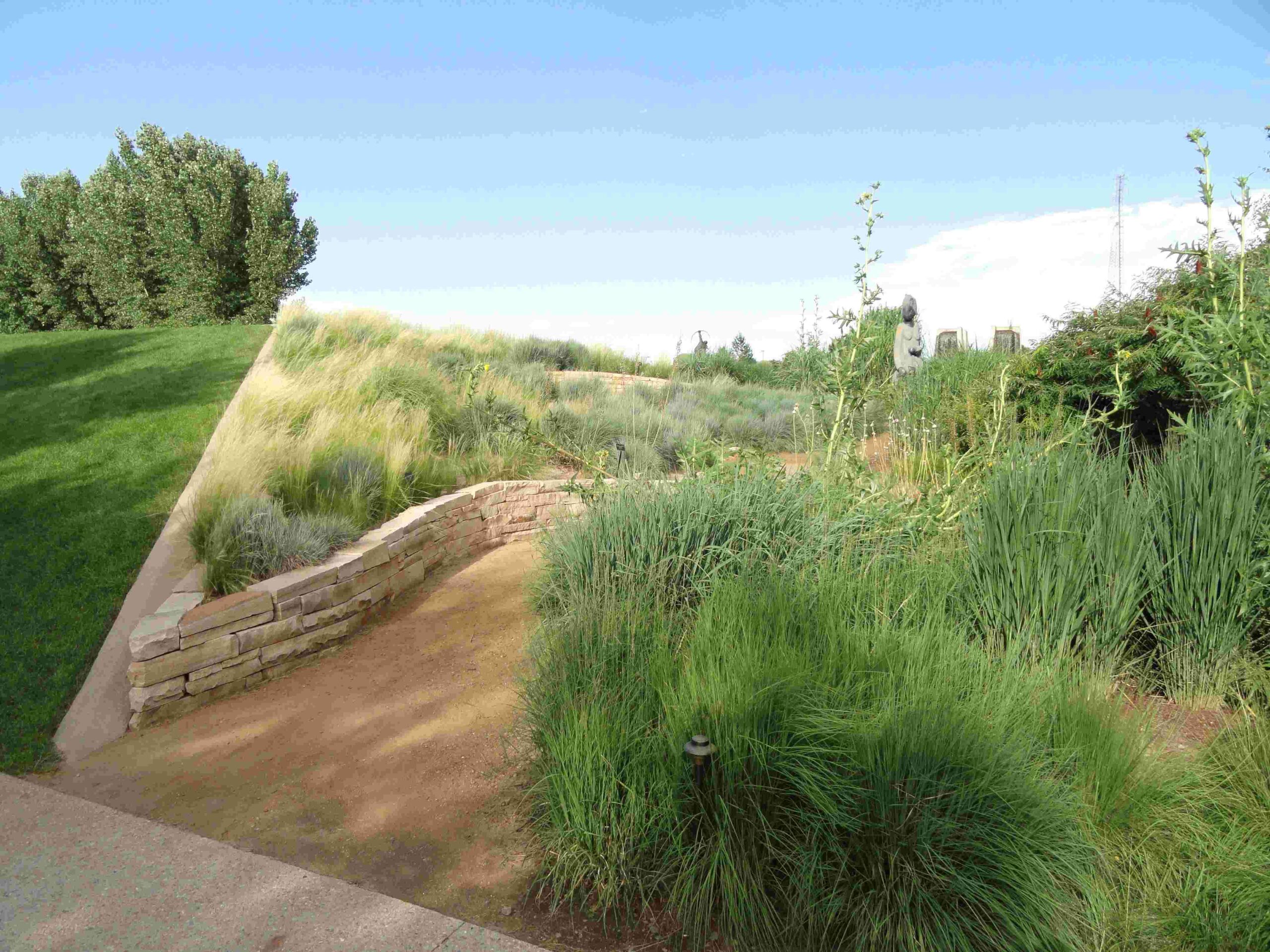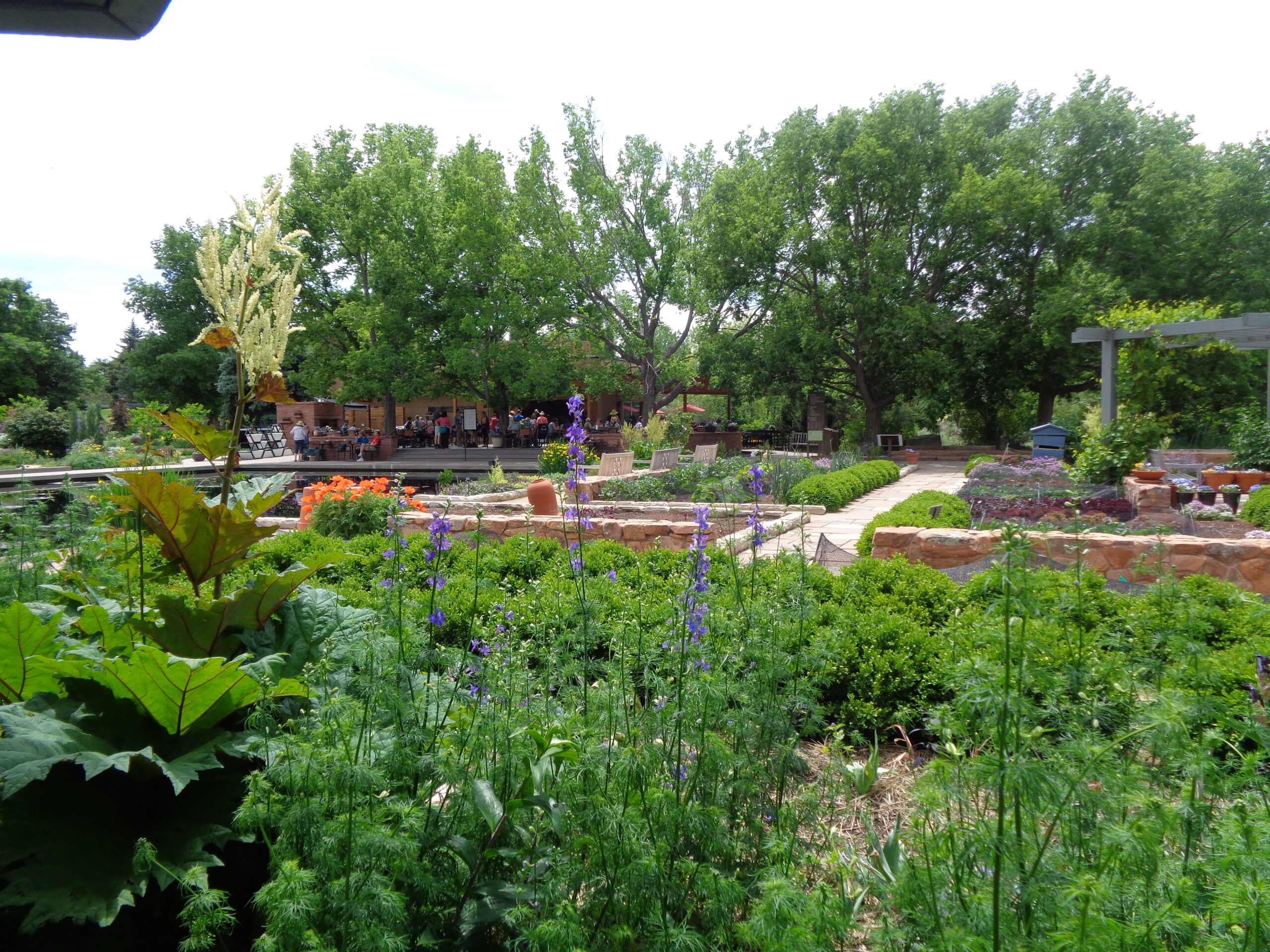The Denver Botanic Gardens catalog showcases an impressive collection of over 700 plant species from 323 genera, with a focus on flora native to Colorado and the Western United States. This diverse array of plants is thoughtfully distributed across various themed gardens, each designed to highlight different aspects of plant life and adaptation to local climates. From the arid Dryland Mesa to the lush Water-Smart Garden, the catalog offers a rich tapestry of botanical wonders for visitors to explore and enjoy throughout the changing seasons.
What Plants Are Featured in the Denver Botanic Gardens Catalog?

The Denver Botanic Gardens catalog boasts an extensive range of plant species, carefully curated to represent the diverse flora of Colorado and the Western United States. Here’s a breakdown of some key plant categories:
- Native Plants:
- Colorado wildflowers
- Western grasses
-
Indigenous shrubs and trees
-
Drought-Tolerant Species:
- Cacti
- Agave
- Yuccas
-
Various succulents
-
Alpine and Rock Garden Plants:
- Dwarf conifers
- Alpine flowers
-
Rock-loving perennials
-
Water-Smart Plants:
- Low-water perennials
- Xeriscape-friendly species
-
Adapted ornamental grasses
-
Rare and Unique Specimens:
- Endangered native species
- Unusual cultivars
- Botanically significant plants
Where Can Visitors Find Specific Plant Collections?

The Denver Botanic Gardens catalog is organized into several themed areas, each showcasing different plant communities and gardening styles:
- Dryland Mesa:
- Features: Arid-adapted plants
- Irrigation: No supplemental watering
-
Peak Bloom: Mid-May to mid-June
-
Crossroads Garden:
- Focus: Low-water plants
-
Design: Demonstrates water-wise landscaping
-
Laura Smith Porter Plains Garden:
- Highlights: Native grasses and wildflowers
-
Experience: Recreates Colorado’s prairie ecosystem
-
Western Panorama Gardens:
- Location: Surrounds the Amphitheater
-
Theme: Plants of the American West
-
Water-Smart Garden:
- Purpose: Educates on efficient water use
-
Plants: Drought-resistant species
-
Plant Select Garden:
- Showcase: Plants chosen for regional adaptability
-
Goal: Promotes sustainable horticulture
-
Rock Alpine Garden:
- Features: High-altitude and rock-loving plants
-
Design: Mimics mountain environments
-
Ponderosa Border:
- Highlight: Collection of ponderosa pines
- Education: Demonstrates forest ecosystems
How Does the Catalog Change with the Seasons?
The Denver Botanic Gardens catalog offers a dynamic experience that evolves throughout the year:
| Season | Highlights | Notable Features |
|---|---|---|
| Spring | Blooming flowers, emerging greenery | Dryland Mesa and prairie gardens begin to show color |
| Summer | Peak bloom times, vibrant displays | Crossroads and Western Panorama Gardens at their best |
| Fall | Changing foliage, seed heads | Prairie gardens may undergo controlled burns |
| Winter | Snow-covered landscapes, evergreen beauty | Dwarf conifers stand out, Blossoms of Light festival |
What Rare or Unique Plants Can Be Found in the Catalog?
The Denver Botanic Gardens catalog includes several rare and unique plant specimens:
- Endangered Native Species:
- Colorado butterfly plant (Gaura neomexicana ssp. coloradensis)
-
Ute ladies’-tresses orchid (Spiranthes diluvialis)
-
Unusual Succulents:
- Living stones (Lithops spp.)
-
Barrel cacti (Ferocactus spp.)
-
Unique Alpine Plants:
- Cushion plants adapted to high altitudes
-
Rare Rocky Mountain columbines
-
Specialized Collections:
- Carnivorous plants in controlled environments
- Ancient cycads in protected areas
How Does the Catalog Support Conservation Efforts?
The Denver Botanic Gardens catalog plays a crucial role in plant conservation:
- Ex-situ Conservation:
- Maintains living specimens of rare and endangered plants
-
Participates in seed banking programs
-
Research:
- Conducts studies on plant adaptations and climate change
-
Collaborates with other institutions on conservation projects
-
Education:
- Offers workshops and classes on native plant gardening
-
Provides information on sustainable landscaping practices
-
Restoration:
- Grows plants for habitat restoration projects
- Advises on ecological restoration techniques
What Educational Resources Does the Catalog Offer?
The Denver Botanic Gardens catalog serves as an educational tool through various means:
- Interpretive Signage:
- Plant identification labels
-
Educational panels on plant ecology and adaptations
-
Guided Tours:
- Expert-led walks through themed gardens
-
Seasonal highlights tours
-
Workshops and Classes:
- Gardening techniques
- Plant identification courses
-
Sustainable landscaping seminars
-
Online Resources:
- Virtual plant database
- Downloadable plant guides
-
Educational videos and webinars
-
School Programs:
- Field trips tailored to different age groups
- Curriculum-based learning experiences
How Can Visitors Best Experience the Catalog?
To fully appreciate the Denver Botanic Gardens catalog, visitors can:
- Plan Seasonal Visits:
- Experience the changing displays throughout the year
-
Attend seasonal events and festivals
-
Join Guided Tours:
- Gain insights from knowledgeable docents
-
Learn about plant stories and garden design
-
Participate in Workshops:
- Attend hands-on classes to deepen botanical knowledge
-
Learn practical gardening skills
-
Utilize Mobile Apps:
- Access digital plant guides while exploring
-
Participate in interactive scavenger hunts
-
Become a Member:
- Enjoy unlimited visits to see the catalog in all seasons
- Receive exclusive access to certain collections and events
By exploring the Denver Botanic Gardens catalog through these various avenues, visitors can gain a deep appreciation for the diversity and beauty of the plant world, while learning valuable lessons about conservation, adaptation, and sustainable gardening practices.

